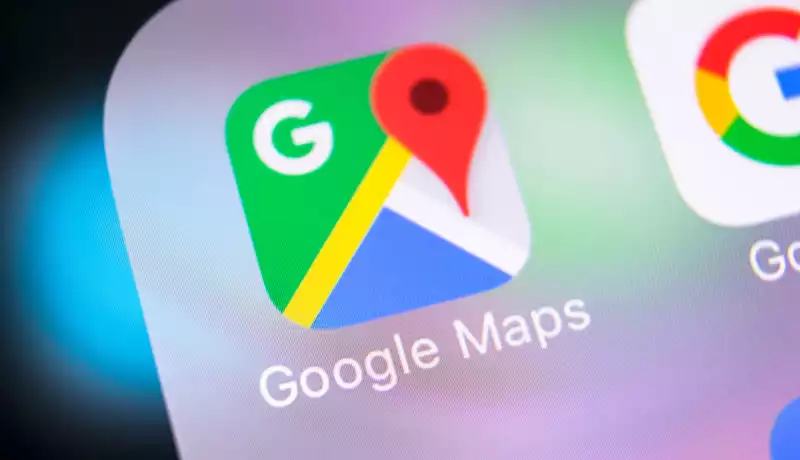Google Maps is piloting a new feature aimed at making it easier to avoid mass transit congestion, which can be a health concern as the COVID-19 epidemic continues.
In addition to Maps' existing congestion forecasts, which roughly indicate when trains and buses are likely to be crowded, Google is piloting live updates in New York and Sydney. In theory, this could provide more detailed information on whether congestion could be avoided.
General congestion forecasting is also being expanded to more than 10,000 new cities in 100 countries. The feature already provides Google Maps users with information about the likelihood of securing a seat or avoiding the worst of rush hour by combining data from local traffic authorities with user feedback. However, this pilot in New York and Sydney is the app's first attempt to provide live updates, as opposed to a simple trend.
With mass transit use on the rise after the pandemic lull, live information on congestion during commute times will be truly beneficial. Knowing whether one should catch the next train or wait for a less crowded flight can minimize the risk of spreading the infection and ensure a more comfortable trip overall.
Currently, the pilot only covers Long Island Rail Road and transit agencies under the jurisdiction of the New South Wales Department of Transportation, but Google says more cities will be offered "soon."
Google Maps is looking more deeply into past travel, besides attempting to improve future travel. Earlier this month, Google added a new "Insights" tab to the Timeline section of Maps, categorizing the time spent using different modes of transportation (including walking) and the types of places visited.
This may raise the question of how well Google Maps tracks its users. Accessing and transmitting information about very specific transit services may be disconcerting to those who wish to hide their location.
Google, for its part, has stated that it uses "world-class anonymization technology" to ensure the privacy of user data.










Comments